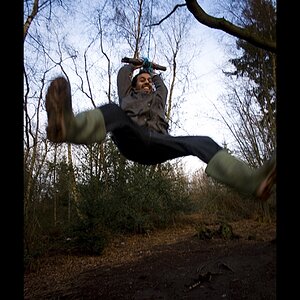Dave442
Been spending a lot of time on here!
- Joined
- Feb 1, 2015
- Messages
- 2,021
- Reaction score
- 567
DxOMark gives it an 8 on Sharpness and my old 18-70mm is rated at 9, both come in with an overall rating of 16. I also find my 18-70mm is not as sharp as my 35mm or 60mm primes, but you really have to look hard and I don't see differences in prints. The Sigma 17-50mm shows Sharpness of 14 and overall rating of 20, but your carrying around an f/2.8 lens. I usually just use my 35mm prime, that comes in at Sharpness 12 and overall 26 on the D7100. The f/1.8 is 1-1/3 faster than the f/2.8 and the f/2.8 is only 2/3 faster than the f/3.5 on your current lens (at the wide end). Enjoy the new lens.



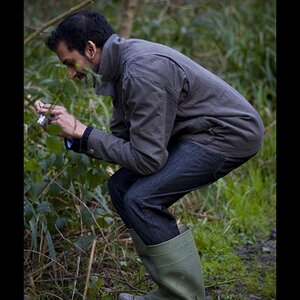
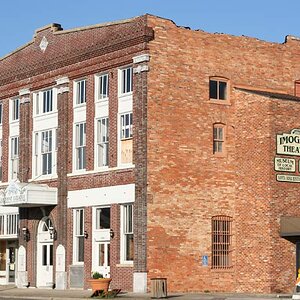
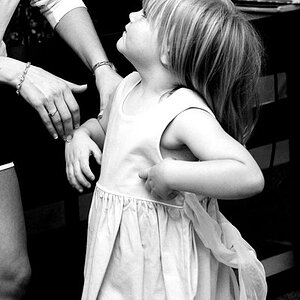


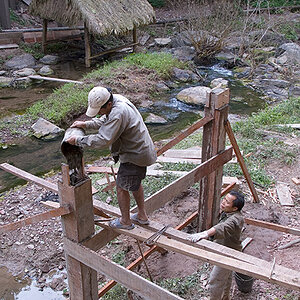
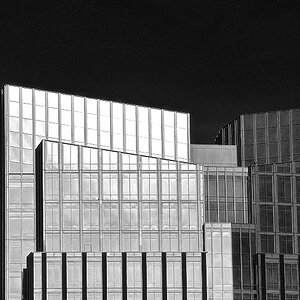

![[No title]](/data/xfmg/thumbnail/36/36133-8b29212f67c25fcf353a0c2f376b1501.jpg?1619737385)

